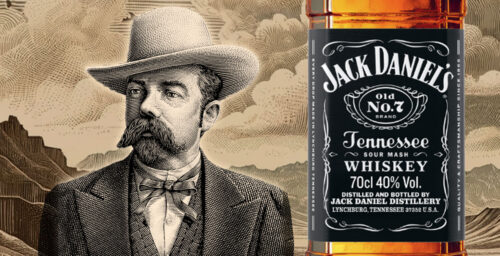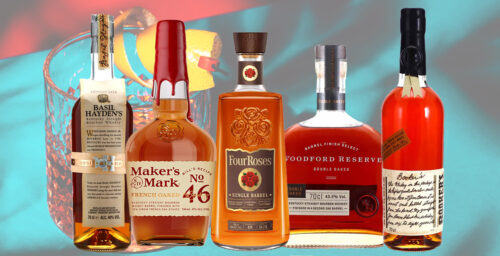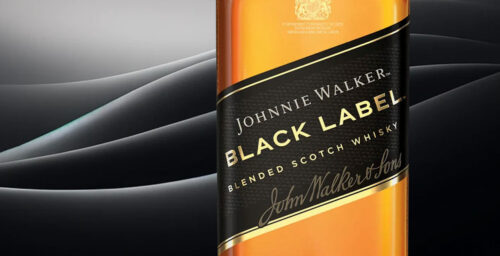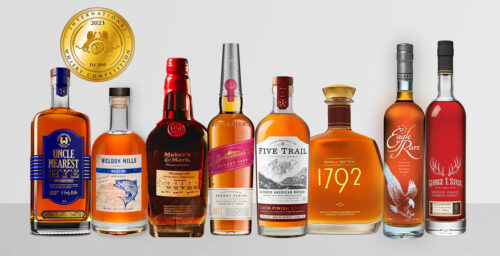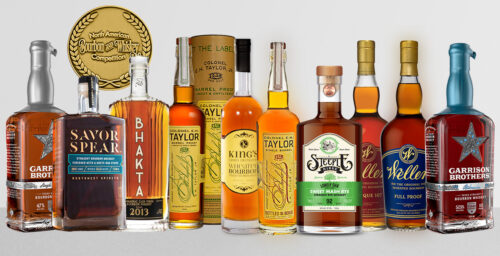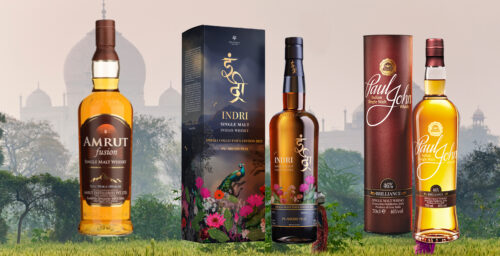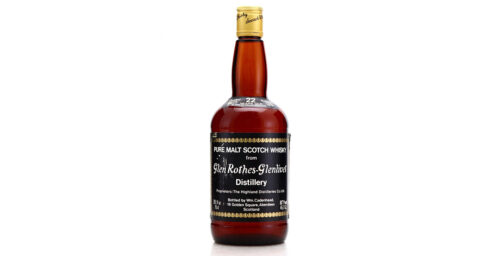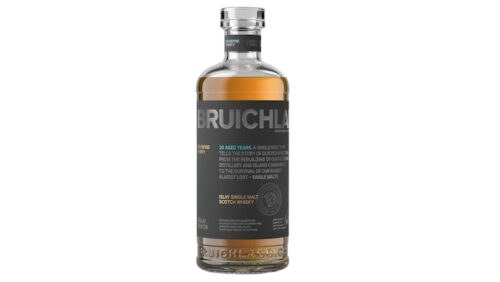Ah, beer and whiskey. What greater pairing?
And they don’t just go together as a shot-and-a-beer. Suds and the hard stuff have a lot in common: both are made from the same basic ingredients (grain, yeast, and water) using the same basic process. Both expose starchy grains to enzymes to create the fermentable sugars that become alcohol.
The similarities have not escaped craft distillers. Over the past few years, several distilleries have introduced whiskies inspired by beer, from little mom-and-pop operations to major brands like Jameson’s. Some distill real craft beer, hops and all, to make their whiskies, while others are experimenting with beer cask finishes or mash bills that take advantage of specialty malts used in the craft beer world.
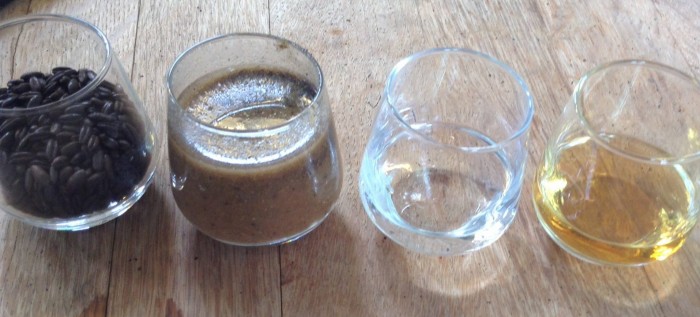
Here are some trends we’ve seen, and some distilleries making whiskies inspired by beer that are doing it right:
Specialty malts: Craft distilleries are starting to explore malts beyond “distiller’s malt,” the light-toast, high-conversion malt most whiskey makers use. At the ADI conference this year, there was a lot of emphasis on specialty malt as a way for craft producers to boost the flavor of distillate that will only get a few years’ aging.
Chocolate malt seems to be particularly popular (“chocolate” refers to the color of the malt, not its flavor, which is more like nutty coffee than chocolate). Distilleries using roasted, toasted, smoked, or crystal malts in their distilling include:
- Westland, in their entire lineup
- Widow Jane, in their Chocolate Malt Bourbon
- Glenmorangie, in their Signet release
- Corsair, in virtually everything they make
- Rogue, in their Dead Guy Whiskey
Beer barrel finishes: Wine, port, and sherry barrel finishes have been commonplace in the Scotch world for decades – so why not beer? Jameson has the highest-profile product in this category with Jameson Caskmates, a Jameson finished in a craft stout cask that had previously held Jameson (how’s that for circular?). Other breweries have experimented with this approach, including New Holland, Stone Barn, and Alexander Murray & Company.
Distilled beer and hopped whiskies: Most distiller’s beer isn’t something you’d want a pint of. It’s unhopped, between 7% and 10% alcohol by volume, and sour from bacteria or the addition of backset. But some distilleries are experimenting with what happens when you distill a beer that actually tastes good on its own. Examples include McMenamins, Clear Creek, Corsair, Charbay, and Seven Stills.
The purists will always be skeptical, but if you love beer almost as much as you love whiskey, all this innovation is good news. Now, let’s just hope Budweiser doesn’t hop on the bandwagon to introduce a new “America” whiskey…

